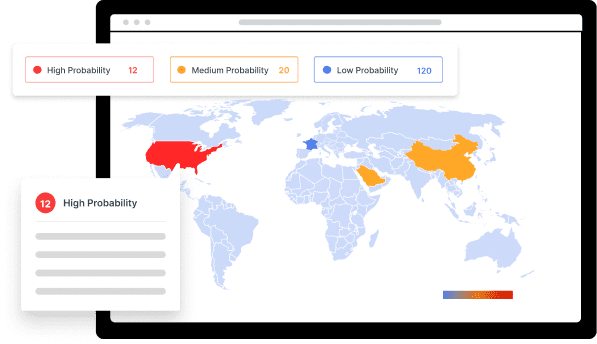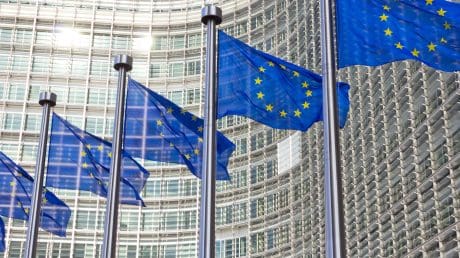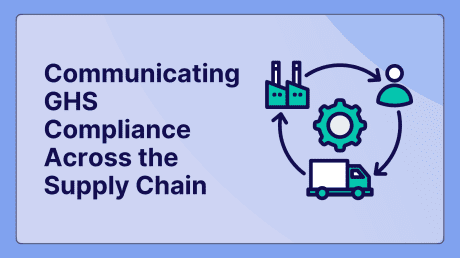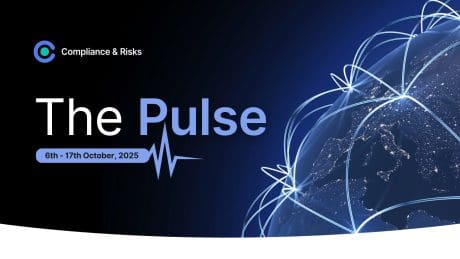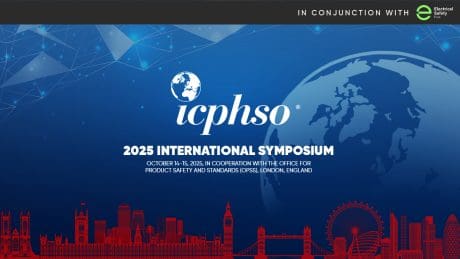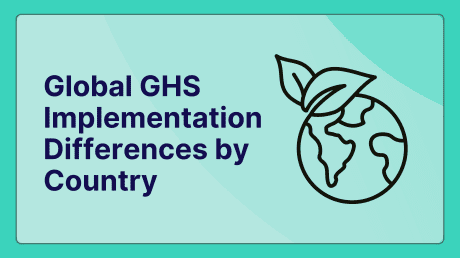
What Are the Latest EU ESPR Regulation Updates on Transparency and Destruction of Unsold Consumer Products?

This blog was originally posted on 9th July, 2025. Further regulatory developments may have occurred after publication. To keep up-to-date with the latest compliance news, sign up to our newsletter.
AUTHORED BY MICHELLE WALSH, SENIOR REGULATORY COMPLIANCE SPECIALIST & TEAM LEADER, COMPLIANCE & RISKS
What Are the Latest EU ESPR Draft Regulations on Unsold Consumer Products?
The EU Commission has launched two consultations under the EU Ecodesign for Sustainable Products (ESPR) Regulation seeking feedback on proposed draft regulations for:
- Details and Format for the Disclosure of Information on Discarded Unsold Consumer Products
- Exemptions to Prohibiting the Destruction of Unsold Apparel and Footwear
What Are the ESPR Transparency Obligations for Discarded Unsold Consumer Products?
In accordance with Article 24(1) of the EU ESPR Regulation, economic operators that discard unsold consumer products directly, or have unsold consumer products discarded on their behalf, must annually disclose certain information on their website for the previous financial year.
What Product Categories Must Be Disclosed?
This draft regulation proposes a standardized format for this disclosure. It also defines the list of consumer product categories in Annex II, identified by CN codes, that must be included.
This broad list encompasses products like soaps, tires, bed linen, electrical appliances, printers, smartphones, TVs, lamps, furniture, and video games. As this only covers consumer products, it is important to note that Business-to-business (B2B) products are not included.
For more insight into how ESPR obligations impact product categories, refer to our Guide to Sustainable Products and Restricted Substances.
How Is Waste Treatment Defined?
Furthermore, Recital 3 of the draft regulation clarifies that the disclosure only covers discarding of unsold consumer products for the purpose of any type of waste treatment operation, including preparing for reuse, recycling, other recovery including energy recovery, and disposal.
When Do ESPR Disclosure Requirements Apply and Who Is Affected?
The requirement to disclose the information each year will firstly apply to large economic operators from the first full financial year after the date of application of the regulation.
As the regulation is expected to apply in the Member States from 12 months after its’ date of entry into force, this will give large economic operators some time to prepare for their first disclosure.
Which Businesses Are Exempted or Phased In?
Medium-sized enterprises will disclose the information from 19 July 2030, whereas micro and small enterprises are specifically exempted from this requirement.
An ‘economic operator’ is defined in Article 2(46) of the EU ESPR Regulation as the manufacturer, the authorised representative, the importer, the distributor, the dealer and the fulfilment service provider.
What Disclosure Details Are Required From Companies?
The draft regulation clarifies that as part of the disclosure the name of the legal entity must either be the name of the [standalone] undertaking or, for a subsidiary, the name of the parent undertaking of a group in the case of a consolidated disclosure. In the case of a consolidated disclosure, the subsidiaries discarding unsold consumer products must be listed in addition to the parent undertaking.
The disclosure will be on the company’s website however economic operators that are subject to sustainability reporting as part of their ESG corporate reporting in accordance with the Corporate Sustainability Reporting Directive (CSRD) may also include this information as part of the sustainability report. This information, based on a limited assurance engagement, should be accompanied by an opinion of one or more statutory auditors, audit firms or independent assurance services providers as part of their sustainability reporting.
What Data Must Be Included in ESPR Disclosures?
The format of the disclosure is set out in Annex I to the draft regulation. It includes:
- Name of the company and the disclosure period (financial year: start and end date)
- Product information by total weight of units discarded (also whether this weight includes packaging or not)
- Reasons for discarding products and
- Information on waste treatment operations applied
- Preventive measures taken and planned
How Should the Data Be Presented?
The draft regulation also includes some specific instructions to help explain that the:
- Total number of units discarded during the disclosure period must be provided for each product category
- The number of units may be estimated on the basis of the total weight of units discarded
- Multiple items sold together, such as cosmetic or first aid kits, may be considered as one unit and may, so where appropriate, indicate more than one CN code
This consultation on this draft regulation is open to stakeholder comment until 10 July 2025. Submit feedback on the draft here.
What Are the ESPR Exemptions to the Textile and Footwear Destruction Ban?
Article 25 of the EU ESPR Regulation places a ban on the destruction of unsold apparel and clothing accessories and footwear (as listed in Annex VII) from 19 July 2026.
Similar to the disclosure requirements above, this ban does not apply to medium-sized enterprises until 19 July 2030 and micro and small enterprises are specifically exempted from these requirements.
What Are the ESPR-Approved Destruction Exemptions?
The EU Commission has proposed a new draft regulation setting out a long list of exemptions to the ban on destroying certain unsold textiles and footwear under the EU ESPR Regulation.
If enacted, companies would essentially be allowed to destroy unsold textiles and footwear if they can document (for 10 years) that the product is:
- Dangerous or Unfit for Purpose: Due to non-compliance, design/manufacturing defects, or chemical safety issues (with destruction being required/appropriate)
- IP Infringement: Product infringes IP rights (e.g., final judicial decision) or continued sale/transfer infringes IP rights after a specified period
- Unsuitable for Reuse/Remanufacturing: If labels/logos/designs cannot be removed, are inappropriate based on social norms, or if the product is damaged and repair is not feasible/cost-effective
- Non-compliant with well established voluntary company policies or third-party standards on chemical safety, and destruction is appropriate
- Un-donatable: Product offered for donation to at least two suitable social economy entities or on the economic operator’s website for at least eight weeks with no acceptance, or if received as a donation but no recipient found
- No Recipient After Reuse Preparation: Product made available on the market after preparation for reuse by a waste treatment operator, but no recipient found
This consultation on this draft regulation is open to stakeholder comment until 11 August 2025. Submit feedback here.
Stay Ahead Of Regulatory Changes on the EU ESPR Regulation
Want to stay ahead of regulatory developments such as the ESPR regulation on unsold products?
Accelerate your ability to achieve, maintain & expand market access for all products in global markets with C2P – your key to unlocking market access, trusted by more than 300 of the world’s leading brands.
C2P is an enterprise SaaS platform providing everything you need in one place to achieve your business objectives by proving compliance in over 195 countries.
C2P is purpose-built to be tailored to your specific needs with comprehensive capabilities that enable enterprise-wide management of regulations, standards, requirements and evidence.
Add-on packages help accelerate market access through use-case-specific solutions, global regulatory content, a global team of subject matter experts and professional services.
- Accelerate time-to-market for products
- Reduce non-compliance risks that impact your ability to meet business goals and cause reputational damage
- Enable business continuity by digitizing your compliance process and building corporate memory
- Improve efficiency and enable your team to focus on business critical initiatives rather than manual tasks
- Save time with access to Compliance & Risks’ extensive Knowledge Partner network
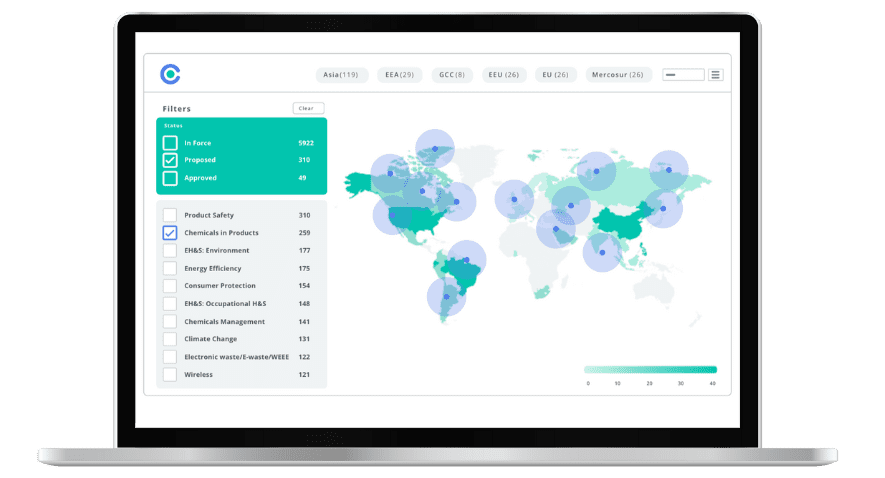
Chemicals Quarterly – Q2 2025 Regulatory Update
Your Q2 2025 update on key regulatory changes affecting chemicals in products worldwide.
